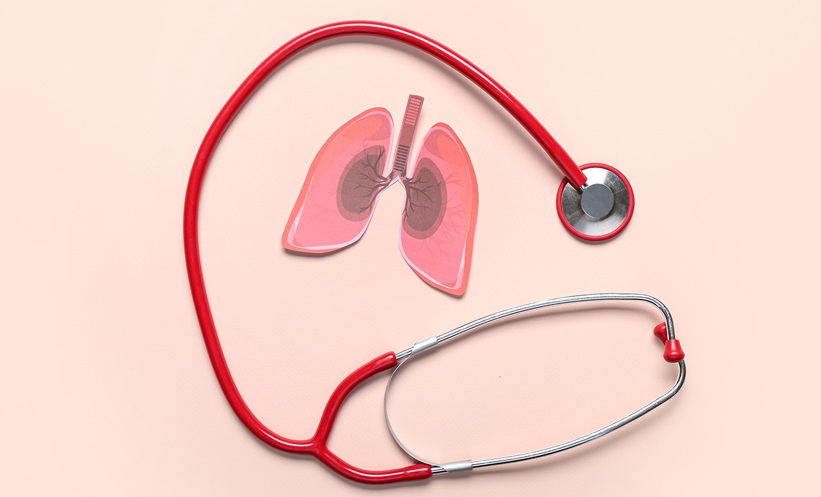Abstract
Idiopathic pulmonary fibrosis (IPF) is the most common of the idiopathic interstitial pneumonias. It has a poor prognosis with a median survival of approximately 3 years, and whilst new therapies are finally beginning to offer hope of improved survival, most patients will require palliation of symptoms as their disease progresses. Whilst all patients with IPF complain of breathlessness, up to 80% develop a distressing cough, which is detrimental to their quality of life and difficult to treat. This article examines the possible causes of cough in the wider context of current theories of the pathogenesis of IPF and its associated comorbidities, which may also cause or exacerbate cough. We examine the evidence for increased cough sensitivity in patients with IPF and neuroplasticity in animal models of lung pathology. Finally, we discuss new therapies that are becoming available to treat cough in IPF and their possible mechanisms of action, and which highlight the need for further, appropriately powered studies that include objective measures of cough as an outcome.
Please view the full content in the pdf above.








